April 2024, Parametrix, an organization specializing in cloud monitoring, modeling, and insurance services, introduced Parametrix Analytics. This innovative service enables reinsurers and counterparties to quantify, manage, and transfer cloud risks with unparalleled precision. As stated in the announcement, the proprietary modeling approach of Parametrix Analytics is constructed upon "discovery and analysis of the actual cloud footprint of insured portfolios and historical cloud performance data." This approach utilizes data from the Parametrix Cloud Monitoring System, which has amassed nearly 54 billion data points.
The newly introduced service by the company is bolstered by state-of-the-art technology and data that Parametrix itself consistently updates. Based on our understanding, Parametrix Analytics utilizes the vast data resources and proprietary cloud monitoring platform that Parametrix has developed through its Lloyd's coverholder business. This novel service will grant reinsurers and insurers detailed visibility into the cloud exposure of their portfolios. Consequently, these revelations will empower accurate evaluation of risk, streamline the process of identifying sites of accumulation and aggregation, and grant reinsurers and insurers the assurance to quantify potential financial and insurance losses.
October 2023: Riskthinking.AI, a Toronto, Canada-based, award-winning, innovative climate risk startup, has today announced the launch of VELO®. Climate change is no longer a "problem for tomorrow"; governments and enterprises across the globe are already experiencing its consequences. Our reliance on physical, economic, social, and natural assets increases the vulnerability of these resources to disruptions and losses brought about by physical and transitional risk. Companies, financial institutions, and governments must comprehend where, when, how, and why they are exposed to climate risk more than ever before.
In order to do so, their introduction of VELO simplifies this enormous and complex issue for organizations around the globe. VELO enables governments, corporations, and financial institutions to comprehend, quantify, report, mitigate, and adapt to climate risk with unprecedented speed, accuracy, and cost effectiveness. Delivered in near real-time, VELO is an exclusively stochastic approach for assessing climate-related financial risk. It operates on a dataset comprising 3.5 million assets from more than 250,000 corporations globally, over 100,000 of the most recent climate data sets, and 16 billion multi-factor stress tests.
The Riskthinking.AI solution solves for integrated physical and transition climate hazards in a consistent manner using science-based methods.
March 2022: Google unveiled several AI-based improvements to the Workspace office tool and application suite for business teams to collaborate on projects. The business also unveiled Duet AI, which will help with text writing in Gmail and Google Docs and image generation for Slides, a PowerPoint-like slide presentation program. Additionally, it can sum up video conferencing conversations on Google Meet.
January 2022: AppTek and Expert announced the beginning of a strategic technology partnership to use AI-based text analytics on dynamic audio content available in various languages, by combining the natural language understanding (NLU) capabilities of experts. Ai, with AppTek's industry-leading automatic speech recognition (ASR) and neural machine translation (NMT) technologies, the partnership enables businesses to use audio content in the unstructured data sets they manage for enhancing intelligent automation and enhancing decision-making.
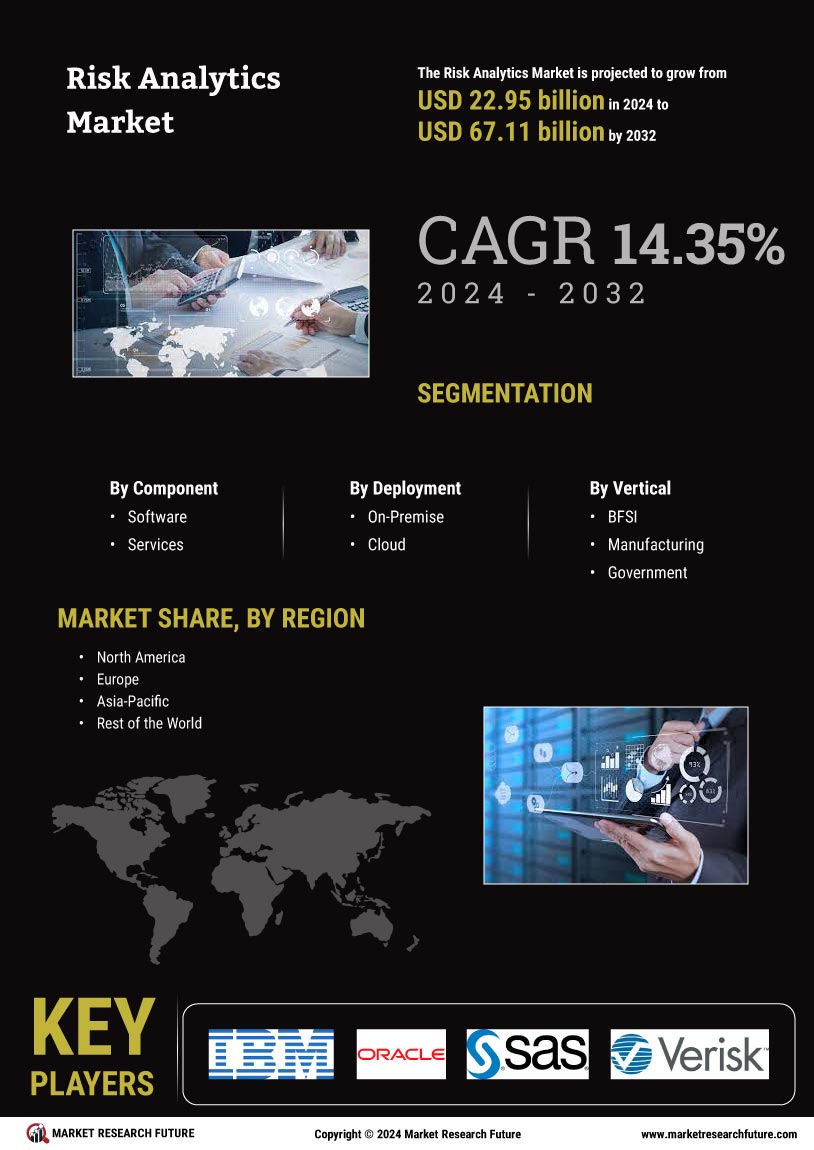

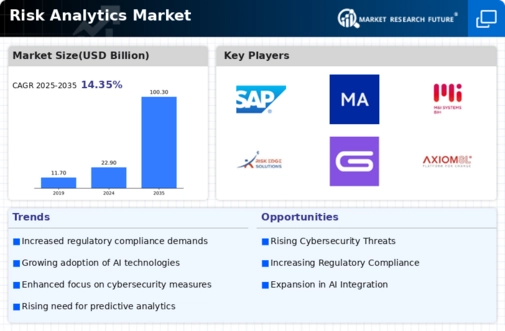
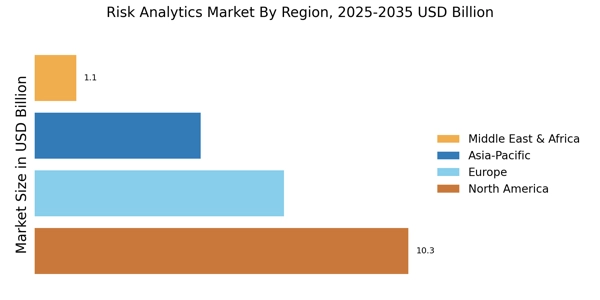
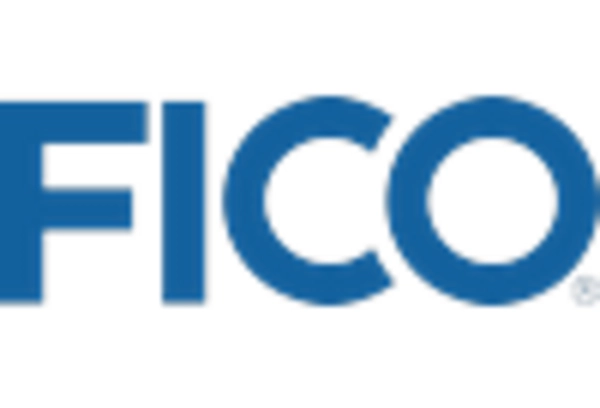


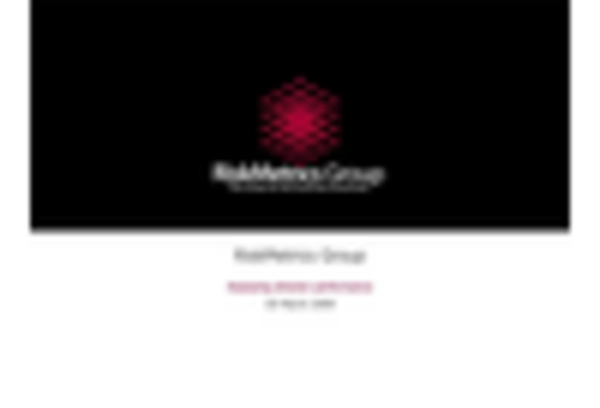










Leave a Comment